Saccharin (E954) is an artificial sweetener, and a synthetic sugar substitute. It is the oldest known artificial sweetener, being used well before the rest (aspartame, cyclamate), in the 19th century.
Saccharin belongs to a group of strong sweeteners and is 300 times sweeter than sugar (sucrose) and approximately 2 times sweeter than aspartame and acesulfame. A box of saccharin or other artificial sweeteners replaces between 6 and 12 kg of sugar.
Saccharin has half the sweetness of sucralose, but there is one major flaw - after use, you feel a metallic and bitter taste that remains in your mouth for a while after eating. This bitter taste is particularly strong in large doses of the sweetener.
This is why saccharin often be combined with cyclamate 1:10 in combination to improve palatability. Saccharin is a component of almost all tableted Cookies.
As mentioned, Saccharin not absorbed by the body, and although there are no calories, there are studies that indicate that this product is far from a weight loss agent and its effect confuses the body, which is weakened by the lack of clean sugar and starts filling.
This principle is easy to explain. With regular use of synthetic sweeteners weight gain is observed because the body often nibbles, when on Saccharin. Immediately after ingesting the tablet sweetener, your body starts preparing to get carbs.
Instead, it receives a zero calorie sweet taste. When you ingest it, taste receptors receive a signal, then begins production of insulin and activates the burning of sugar contained in the blood. Your sugar level drops significantly.
Meanwhile, your stomach is also "informed" about receiving the sugar in the body, and carbohydrates are expected. Receiving a total lack of calories, the body itself begins to produce glucose as compensation. This leads to the production of insulin and fat.
Shortly after the invention of saccharin, it was prohibited, but is now allowed and widely used. It is the most used of all sweeteners along with that, it is the oldest of them. Carcinogenic presence in saccharin is still unproven, and it is widely used by the food industry to sweeten candy, sodas, medicines, toothpaste, etc.
History of saccharin
The history of saccharin began in 1879 when Russian immigrant Constantine Falberg operated a laboratory of the American professor Rams. The sweet taste of saccharin was discovered accidentally by Falberg at lunch. His bread seemed sweet, but no one else in his family could feel such a taste.
He then deduced that the bread is not sweet, but obviously, his hands were unwashed after his work in the laboratory, as he touched the bread. The material on his hands was called sulfaminebenzyl acid and Falberg worked all morning on it. After lunch, the Russian began feverish work in the laboratory and thus, with the compounds of the above acid Saccharin was synthesized.
About 20 years later, saccharin was widely used to sweeten foods and beverages. Prohibition came in 1902 when the government of Bismarck prohibits the sale of saccharin, because it affected the interests of the Government in the sugar industry. At that time, the annual production of saccharin reached 175, 000 kg and the "sweet competitor" become too serious a player.
During World War II, the production of saccharin was revived due to lack of regular sugar. At the time, the bitter taste of saccharin was even more powerful and tangible today when a metallic taste is almost gone, after many improvements to the formula.
In 1967, production of corn syrup using a patented enzyme that increases the fructose content of the syrup from 14 to 42 percent began. This corn syrup has become the preferred sweetener for soft drinks major brands.

Composition of saccharin
The main component of saccharin is benzyne sulfilimin. Saccharin offers no food energy and is much sweeter than sucrose, the maximum safe amount of saccharin ingested per day is less than 0.2. Today in the content of certain saccharine, you will find the following content: citric acid, sodium cyclamate, saccharin sodium, sodium bicarbonate and lactose. As a rule, one saccharine tablet is equal to 1 teaspoon of sugar.
Dangers of saccharin
Like aspartame, saccharin can cause side effects, one of which is a headache. Saccharin is not absorbed by the body, it is difficult to dispose of and actually builds up in the body. It is ironic that artificial sweeteners are commonly used by people who want to reduce their calorie intake and gain weight instead, due to regular use of saccharin and aspartame.
In 1970, a study claimed that Saccharin causes bladder cancer in rats. This led to its temporary ban, but shortly afterwards, it was again given the green light. And today all committees and institutions firmly classify saccharin and aspartame as safe.
Some sources show that saccharin safe amount per day is 15-20 tablets. In person to 60 kg. Everyone can decide whether that amount of sweetener is acceptable to them. Our advice is to respect the sweet foods and drinks you consume and watch how many artificial sweeteners swallow. Some scientists are adamant that Saccharin contains carcinogens.
Therefore, it is not recommended that you consume drinks which contain saccharin, on an empty stomach without eating simultaneously carbohydrate foods (bread, pasta , etc.). There is no definite study to confirm the damage of saccharin in one form or another, but there is doubt that this sweetener can cause bile crisis. In Canada, it is prohibited.
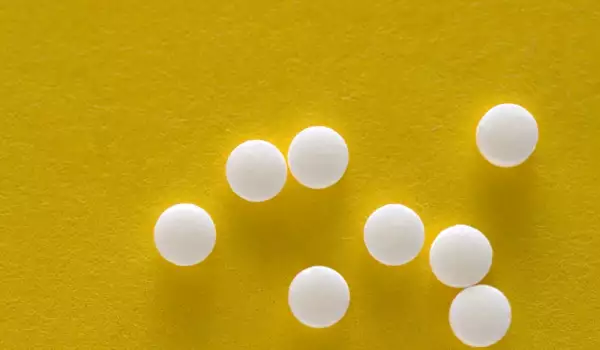
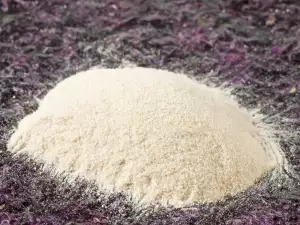

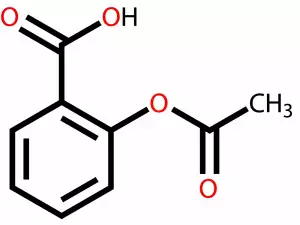
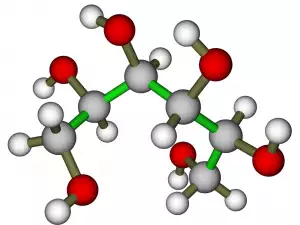
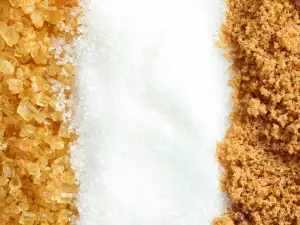


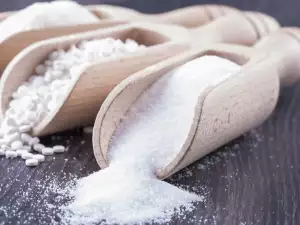

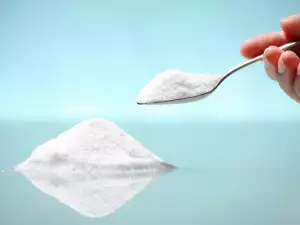


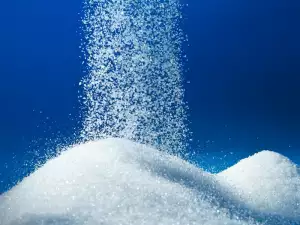

Comments